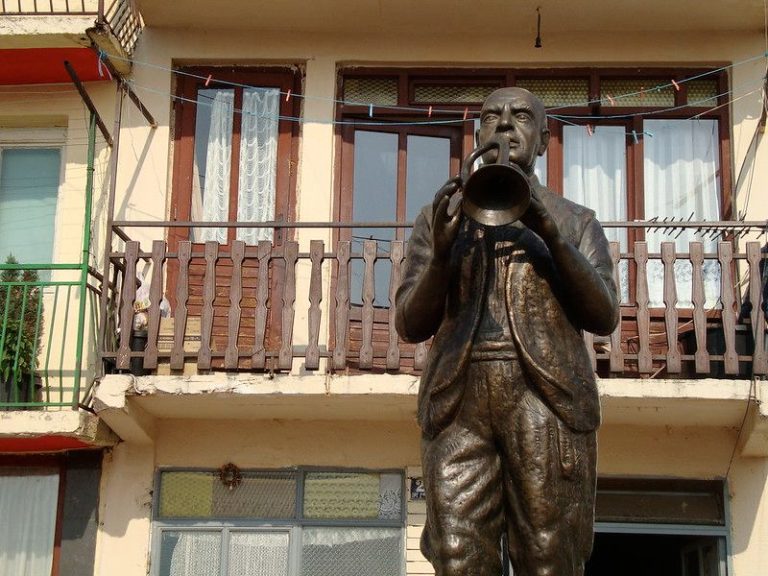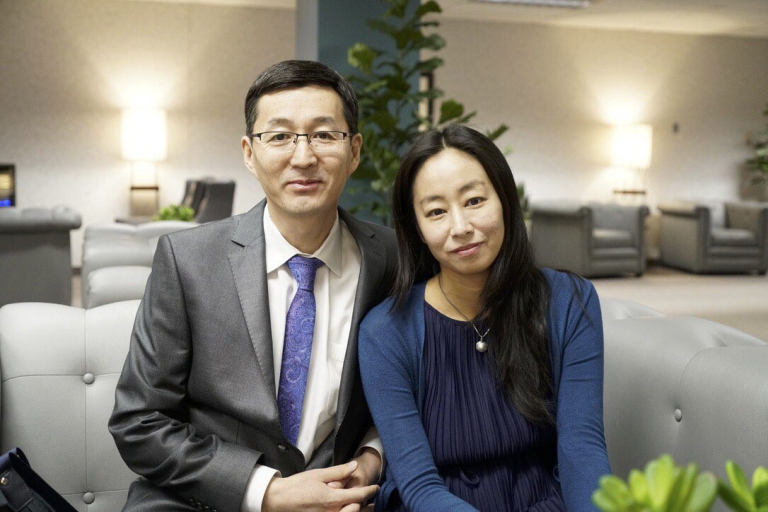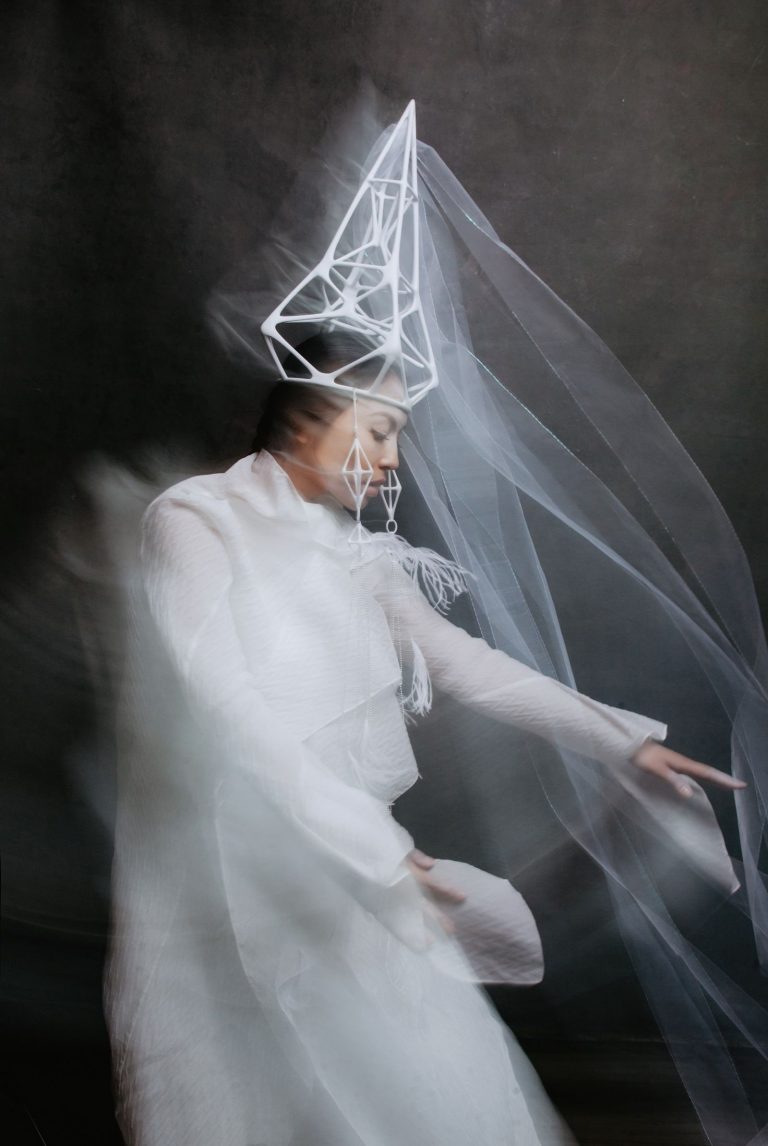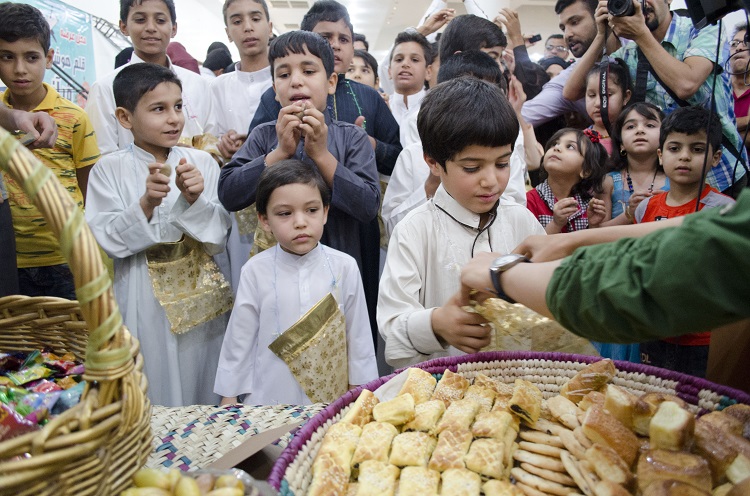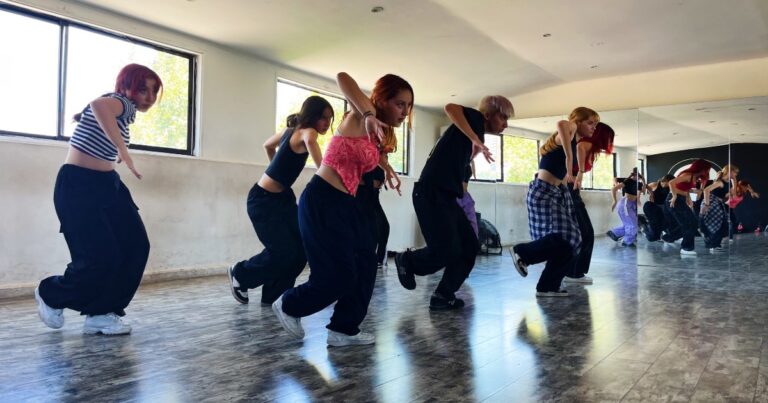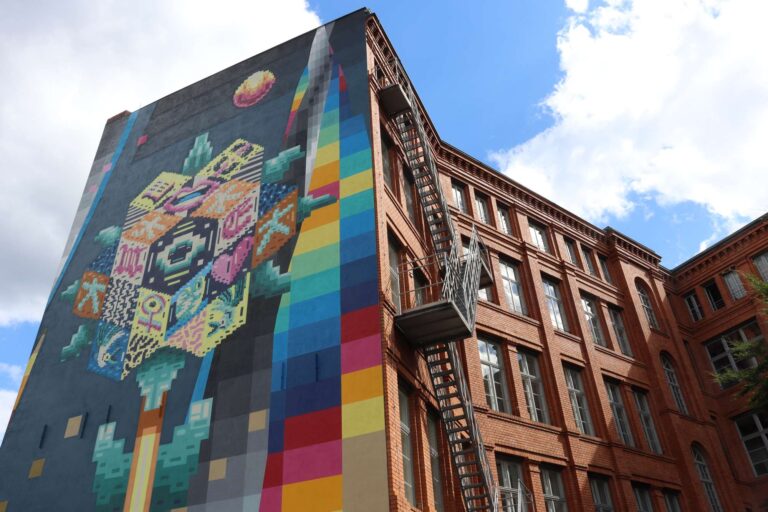Wearing a white pheran — a long woolen cloak — and holding behind it a hot coal earthen pot known as a Kangri, 74-year-old Raja Jahangir Ali looks like any other Kashmiri.
But when he asks his daughter to bring a cup of tea for the guests, he speaks in a foreign language, giving a hint of his unique background.
Jahangir, a retired lawyer, is a member of the Burusho people, an ethnolinguistic group indigenous to Gilgit-Baltistan.
Gilgit-Baltistan is in the north of Kashmir, a mountainous territory on the Indian subcontinent that India and Pakistan have fought over for decades. Gilgit-Baltistan officially became part of northern Pakistan after India gained independence from the British colonialists in 1947, leading to the partition of India and the establishment of Pakistan as a separate state.

Jahangir, however, isn’t from any ordinary Burusho family. He is the great-grandson of King Raja Azur Khan, who ruled Gilgit-Baltistan in the nineteenth century before being persecuted by the British and eventually arrested and transferred to what is today Indian-administered Kashmir.
“I am a descendant of the royal family. When my great-grandfather was defeated in battle and arrested by the British, he was sent to a fort in Srinagar and imprisoned,” Jahangir said, sitting in the drawing room of his plush home. “So, my family came along with him.”
That is how the descendants of Burusho royals ended up in Srinagar, an Indian-controlled city in Kashmir, instead of the region that was originally their home.
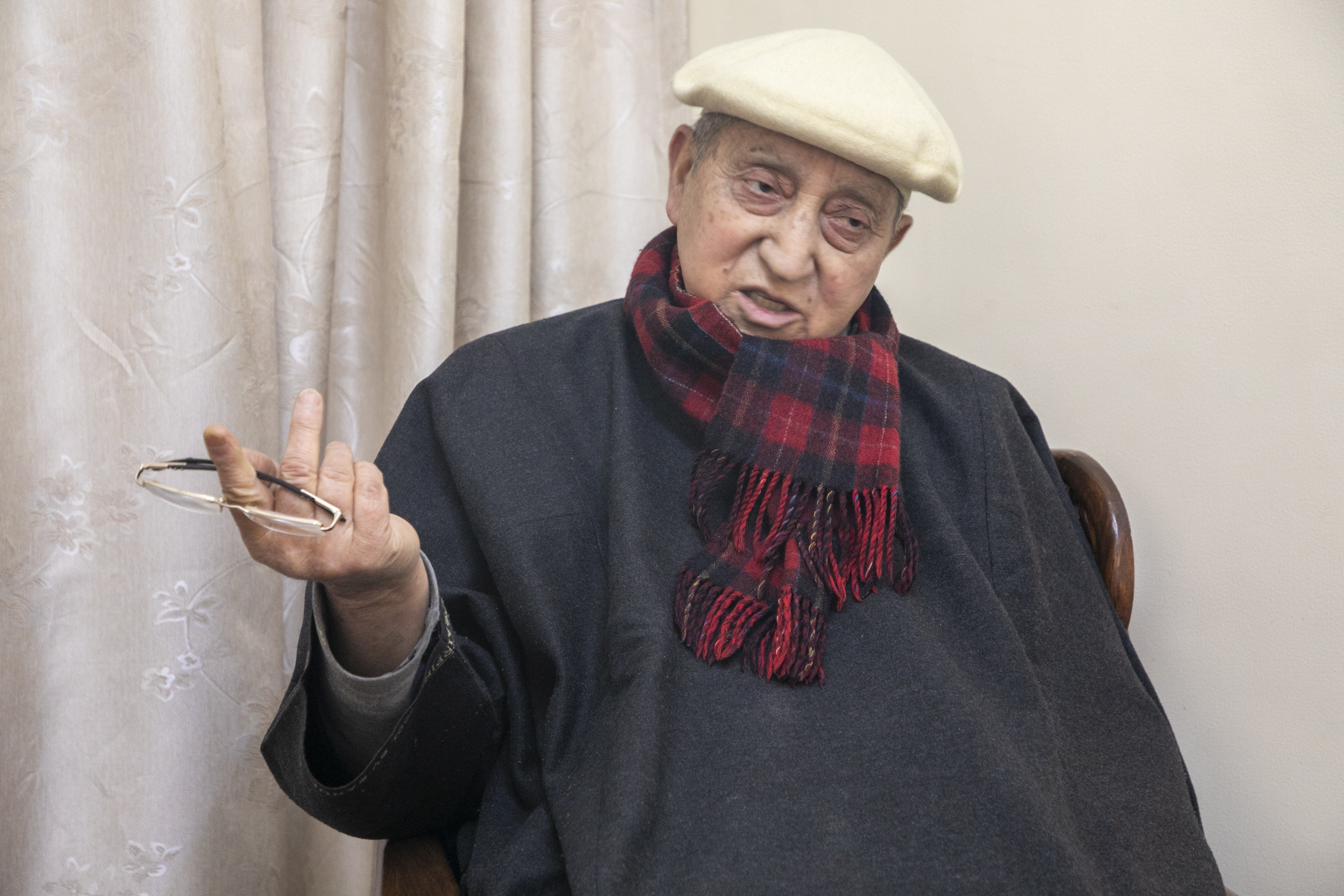
The Burushos of Srinagar
After Burusho King Raja Azur Khan was imprisoned in the fort in Srinagar, members of his family, servants, and other Burusho bureaucrats followed him from Gilgit-Baltistan to Srinagar. But after he died in 1922, many of the King’s followers returned to their homeland.
His immediate family, however, decided to settle in Srinagar, creating a small town named after their King. There are now 300 people living in what is known as Raja town.
The presence of this small community on the foothills of a mound — the Koh-i-Maran Fort in the downtown area of Srinagar — with a lineage tracing back to their rule over a once sizable kingdom, holds a historical and cultural significance within Kashmiri society.
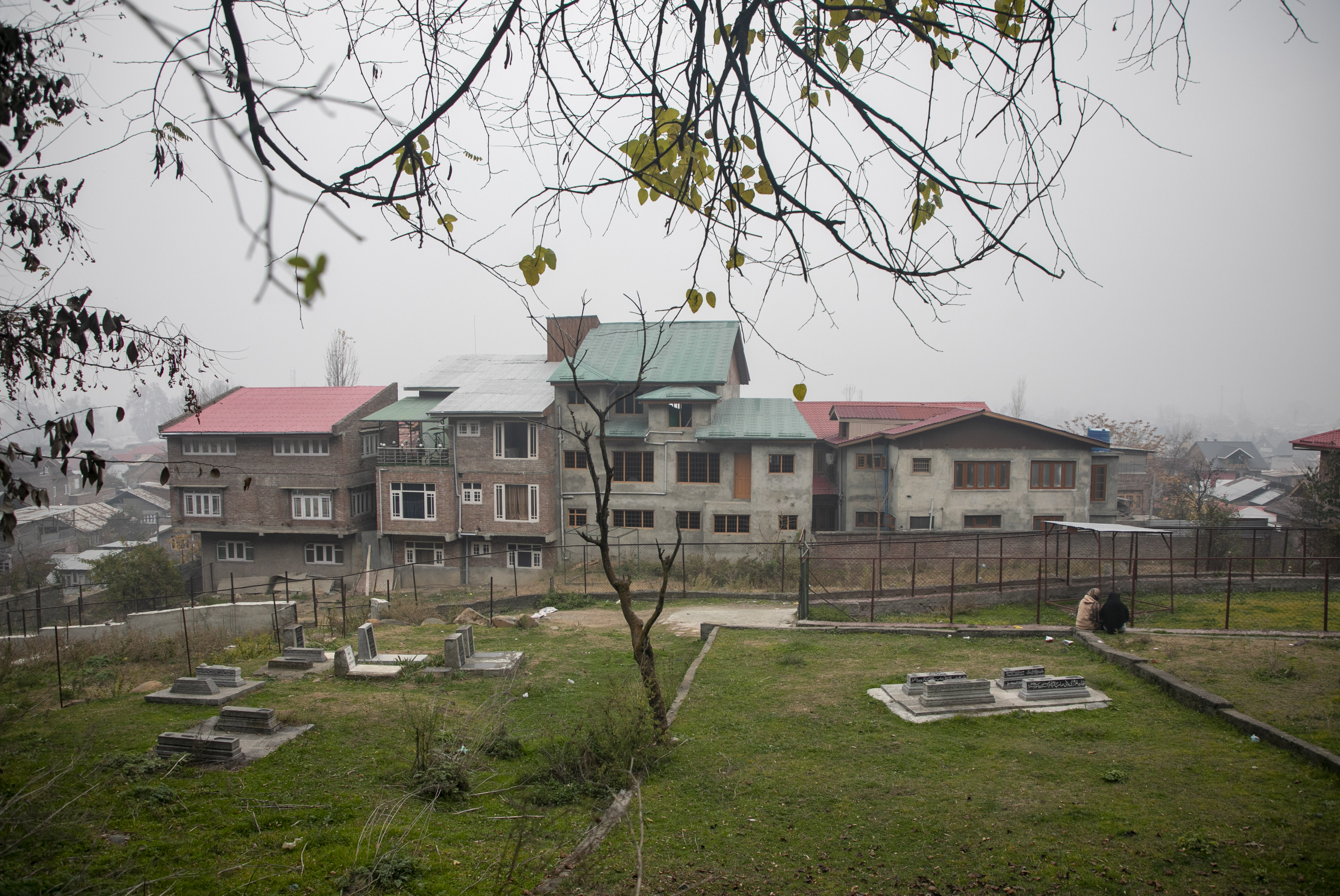
The members of the Burushaski community in Srinagar form a well-knit subculture. They practice a form of Shiite Islam, and the community is closely associated with the Shiite Muslims of Kashmir.
Despite efforts to assimilate the Burusho community within the native culture and traditions of Kashmir, the Burusho people have actively preserved their mother tongue, Burushaski. Their commitment to using Burushaski within their community and ensuring that the younger generation learns this native language reflects a strong desire to maintain their cultural identity and linguistic heritage.
Burushaski is a rare language spoken by only around 100,000 people, mainly in the Hunza, Nagar, and Yasin regions of Gilgit-Baltistan. But because the Burusho people of Sinigar have lived in a foreign land for over a century, they are determined not to lose their identity and culture, especially their language.
“Even if there are only two Burusho people in a gathering and the rest of the people are Kashmiri, we prefer to speak in our language,” Jahangir said.
“Apart from our language, we have almost lost all other aspects as a Burusho people. Our food and attire are completely Kashmiri now,” he added, pointing to his clothes. “Even during our weddings, apart from retaining some traditional matrimonial rituals, we now mostly cook traditional Kashmiri cuisine and dress like Kashmiris.”
A rare language
Dr. Sadaf Munshi, the chair of the Department of Linguistics at the University of North Texas, whose research focuses on South Asia’s endangered and undocumented languages, completed doctoral research into the Burushaski language.
She writes that Burushaski is a “language isolate” sometimes called the “South Asian Basque.”
In other words, it’s an unclassified language unrelated to any known family of languages.
The language has no standardized writing system, though people have used a modified Perso-Arabic alphabet to transcribe the language since the 1940s. Oral traditions in Burushaski play a crucial role in preserving and transmitting cultural and historical information.
Dr. Munshi said she decided to conduct an in-depth study of the Burushaski language because she realized that the community, mainly invisible within Kashmiri society, had successfully maintained a separate social and linguistic identity over a long period.
The community doesn’t only speak their native language at home. During the Muharram procession, commemorating the death of the Prophet Muhammed’s grandson, they recite the eulogy in the Burushaski language.
“Having lived in Srinagar for over a century and being an integral part of the Kashmiri society, especially in the social hierarchy of the Shiite Muslims of the valley, Jammu and Kashmir Burushos have [with]stood the pressures of linguistic assimilation and successfully overcome the danger of language loss,” Munshi writes in her doctoral dissertation.
Learning Burushaski and mixing cultures
Jahangir’s daughter Afshan, for example, says she has successfully learned the Burushaski language at home.
“I have been speaking Burushaski since my childhood. I didn’t need to learn it. It came naturally to me from my family,” she said.
Afshan, like her other siblings, prefers to speak her native language at home despite being well-versed in different languages.
“I know Urdu, Kashmiri, and English and mostly converse with my friends and colleagues at work in these languages only,” said Afshan, who works in education. “But at home, we only speak Burushaski.”
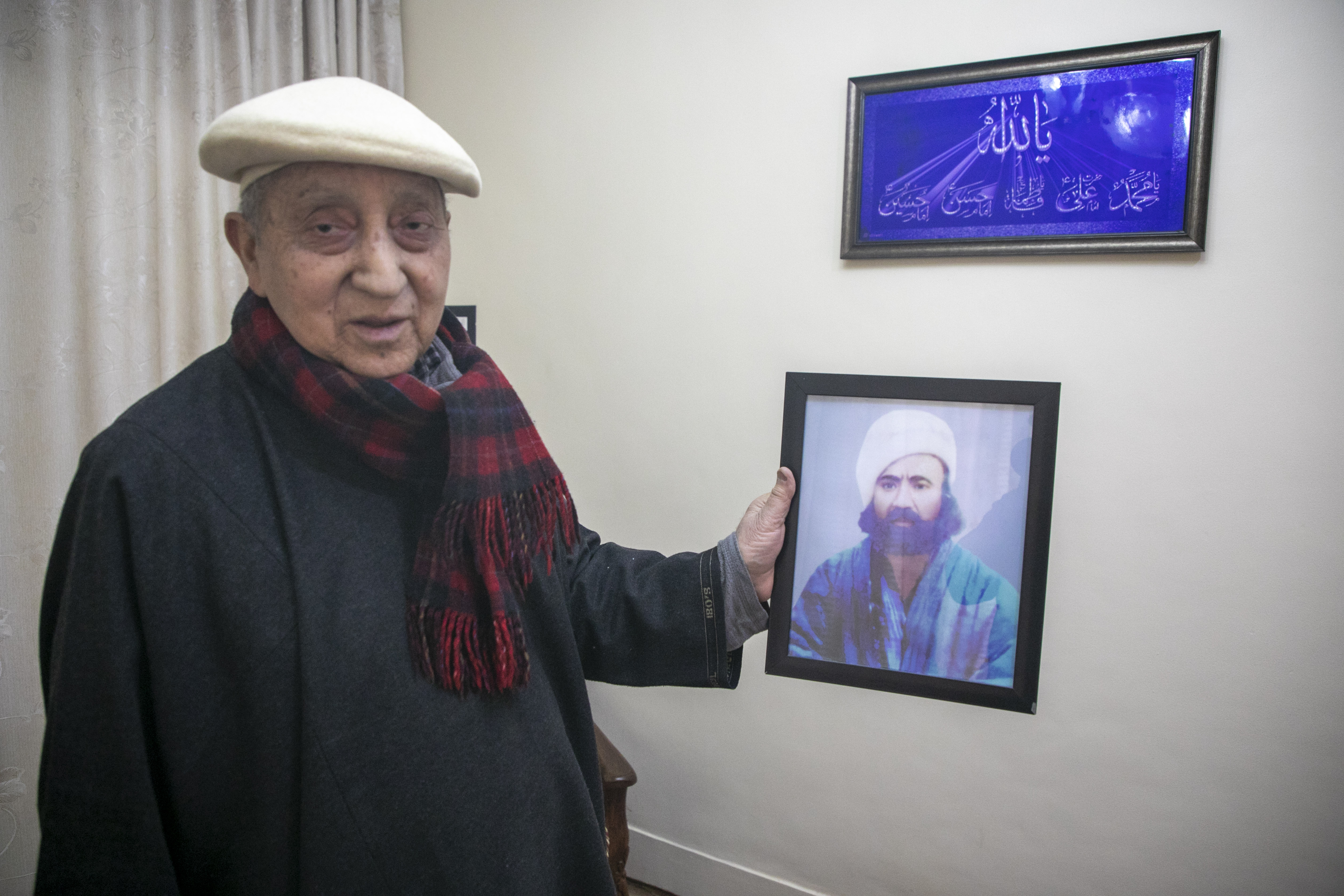
The Urdu language, spoken widely in Kashmir, has influenced the Burushaski language somewhat. Kashmiri and Urdu words have made their way into Burushaski.
Intermarriage between Burusho families and Kashmiris has also blended the two cultures within families, creating opportunities for the languages to intermingle. Some Kashmiris have learned Burushaski, developing a two-way process of cultural interaction and adaptation.
For example, Jahangir’s wife and brother-in-law speak Burushaski despite being Kashmiri.
“My father is a Kashmiri who married into the Burusho community. I learned the language from my mother and siblings,” said Aga Sibtain Jalali, Jahangir’s brother-in-law.
Jalali said everyone in his home speaks the Burushaski language. Even his Kashmiri wife understands it.
“It is not a difficult language to grasp. If you even spend two months with the Burusho community, you will learn it,” he said. “My kids have also learned the language.”
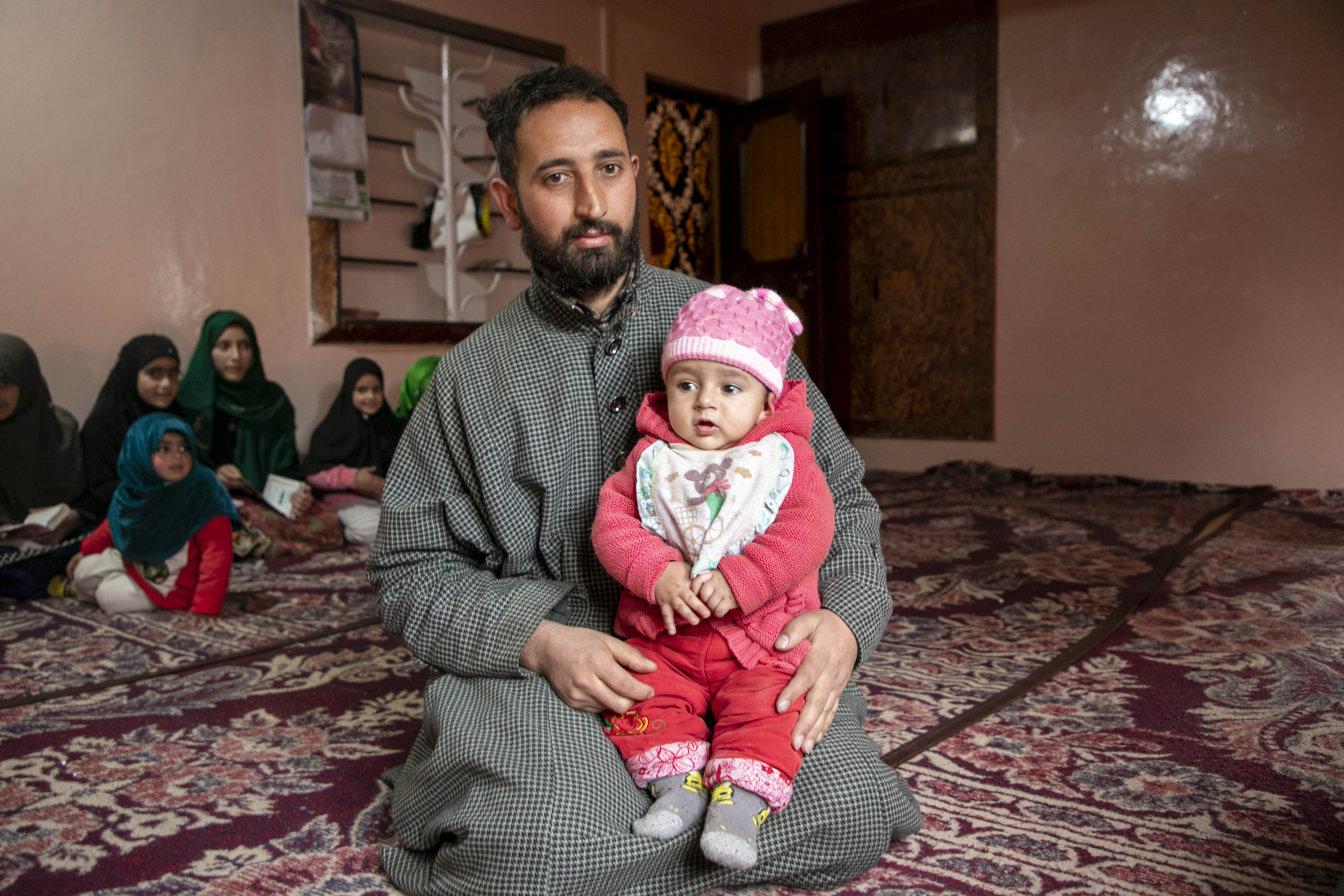
Raja Tajamul, 29, also speaks the Burushaski language at home.
“Apart from speaking the language, I have also done some research on Burushaski during my days at the Kashmir University,” Tajamul said.
Tajamul’s family is from the Hunza region and is a distant relative of Raja Azur Khan’s family of Nagar.
He says that though the family primarily eats and dresses like Kashmiris, they maintain a connection to their Burusho heritage by cooking traditional Burusho food to preserve cultural practices within the family.
“We have adapted well here in Kashmir. Our generation has taken up the culture we were born in,” he said. “But having said that, we haven’t forgotten our roots. That is why we are still identified as Raja’s wherever we go.”
“I will pass on my cultural values to my kid as well,” Tajamul added, holding his nine-month-old son in his lap.
For Jahangir, cultural and linguistic pluralism in Srinagar hasn’t been a source of tension for the Burusho community. Instead, they have embraced their traditions and cultures, integrating them with Kashmiri tradition and culture as integral parts of their identity.
“Each culture needs to be respected,” he said. “Kashmiri culture has its own values, and so have the Burushos. And our community represents both ways of life.”
Junaid Kathju is a freelance journalist based in India. He tweets @JunaidKathjoo.
This journalism was possible thanks to the generous support of George Mason University’s Mercatus Center and its Pluralism and Civil Exchange program.
